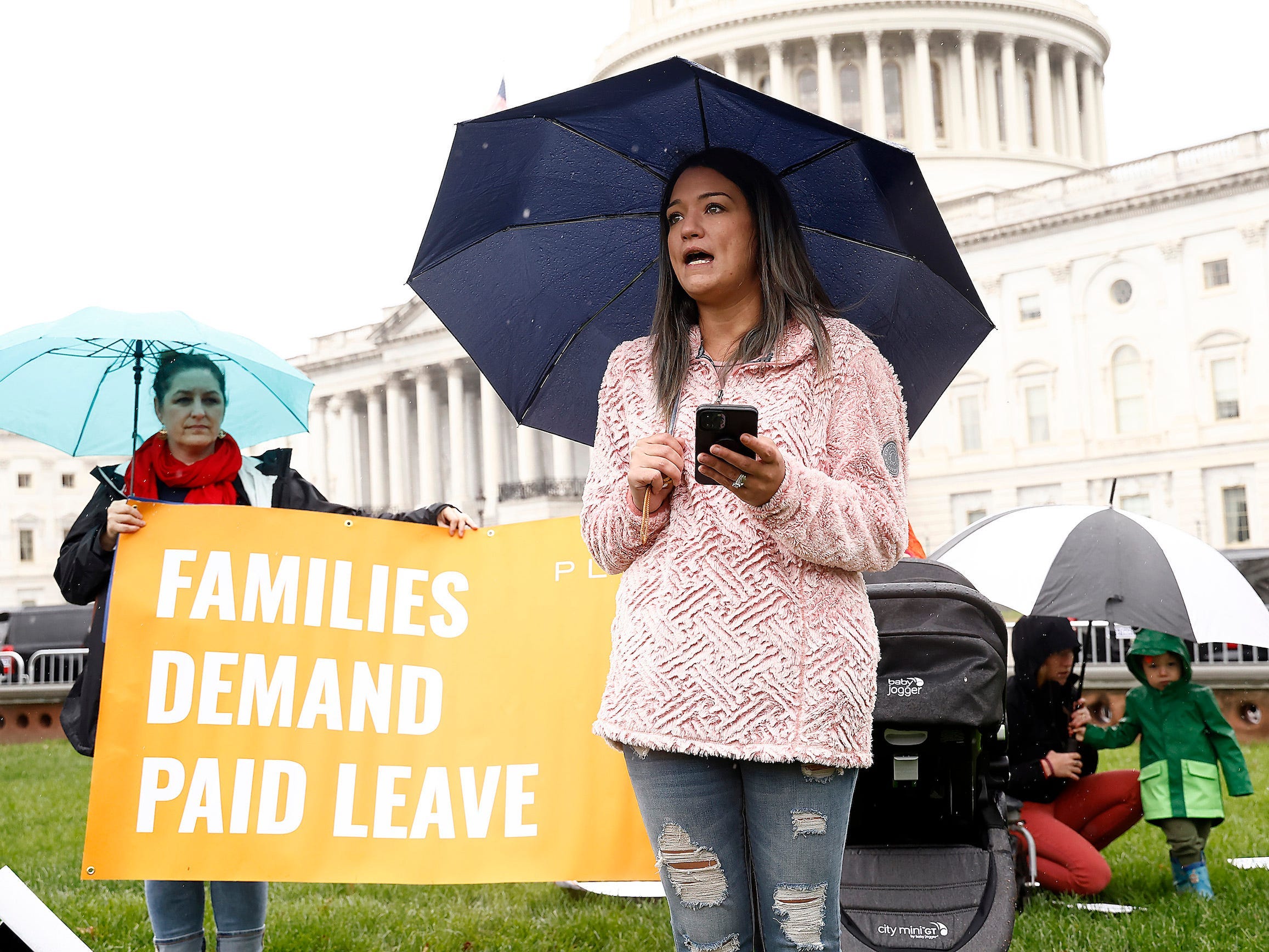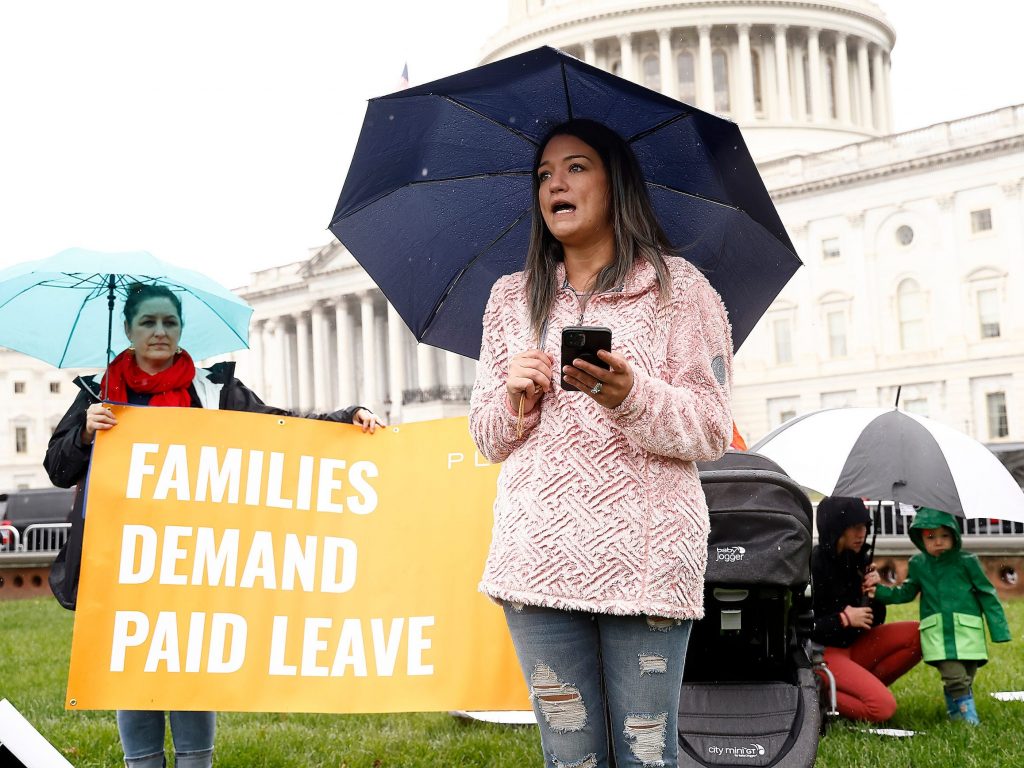
Paul Morigi/Getty Images for PL+US
- Two weeks of paid leave from his mining job would've given Edmund Vance time to get substance abuse treatment.
- Instead he had to take a job with less than half the pay and struggled to stave off a pile of debt.
- Sen. Joe Manchin's opposition to paid leave doesn't add up, his wife JoAnna said. "Paid leave keeps people working."
Two weeks of paid leave would have bought Edmund Vance enough time to seek treatment without losing his job. He didn't get it.
Instead, Edmund was forced to leave his job at a coal mine for a two-week treatment program.
He's now more than four years sober, but when he came back from treatment, a host of new challenges were waiting for him. He took a job at a landscaping firm that paid less than half of what he earned in the mines. Medical costs for his three kids mounted, and child-care needs kept his wife JoAnna from working. The Vances had emerged from substance abuse disorder, but entered a years-long struggle to regain their financial footing.
"Had he been able to go to treatment on paid leave and come back with that job security, regardless of it being in the coal mines, that's just extra stability that people in recovery need," JoAnna told Insider.
The Vances are one of roughly 32 million Americans without access to paid leave, according to the Bureau of Labor Statistics. The US is the only advanced economy to lack a federal paid leave program. A proposal in Democrats' social-spending plan could change that, yet the Vances' home-state senator, Joe Manchin, could keep paid leave from becoming a reality.
Manchin's opposition to including paid leave in President Biden's Build Back Better plan goes against what many West Virginians clearly need, JoAnna said. The state is "fighting an epidemic upon a pandemic with COVID and with addiction," and giving afflicted workers paid leave is key to keeping them in their jobs.
"All of the time, he's talking about how he doesn't want to give government handouts, and that he wants people to work," she added. "Paid leave keeps people working. It's not just a handout."
She continued: "I don't understand how it doesn't make sense to him when that's his whole goal: to keep people working."
Paid leave is not just about pay
JoAnna and her husband are still working to reach the financial strength they enjoyed before Edmund sought treatment. He was making at least $28 an hour in his coal mining job along with significant overtime pay. The landscaping job marked a major downgrade, paying between $12 and $14 an hour. The job was also seasonal, meaning the Vance family had to stretch their dollars even further in the off-season.
Edmund now works at a fabrication company making $17 an hour after being on unemployment insurance and getting laid off from another coal mining job.
The drop in pay is only half of the story, JoAnna said. She stayed at home with her kids while Edmund received treatment, but bills quickly stacked up. Financial support from Edmund's family helped them stay afloat, but the going got tough, JoAnna said.
"There were times I had to wait until payday to even get my kids their prescriptions," she added.
The Democrats' social spending plan includes four weeks of paid leave. The proposal falls short of many advanced countries' programs, but could still make a world of difference, JoAnna said.
"That's a whole month's worth of security that you don't have to worry about," she added. "You don't have to worry about bills. You don't have to worry about daycare. You don't have to worry about rent or how you're going to survive."
JoAnna joined other paid-leave advocates on Capitol Hill in November to push for a paid leave program in the $1.75 trillion social-spending bill. Her three children accompanied her, but Edmund was absent. He couldn't get off work.
The family is in a better position now, but JoAnna still thinks about how two weeks of paid leave would have affected her last four years.
"I'm really happy with where we are now with our finances, with our work, and especially with our recoveries. But it took a long time," JoAnna said.

